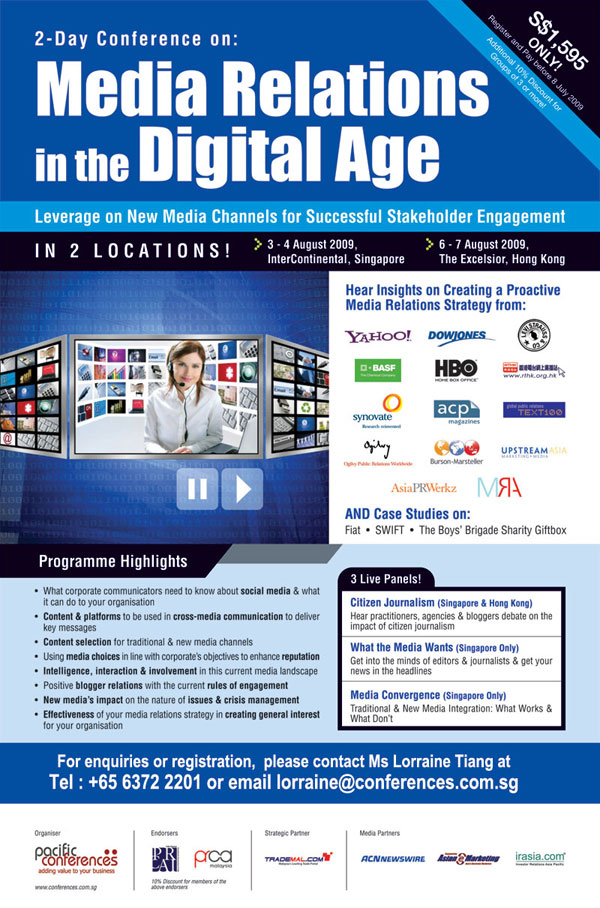- You are here:
-
Home

-
Asian e-Marketing

-
July - August 2009

- Social Networking: A Security Nightmare?
-

New Apps, New Data, and New Resilience: Huawei Proposes Ways of Evolving Storage in the Yottabyte Era
The Innovative Data Infrastructure Forum (IDI Forum) 2023, revolving around the theme of "New Apps ∙ New Data ∙ New Resilience," took place on May 23 in Munich, Germany. The Forum brings together global industry experts and partners to explore the future of digital infrastructure towards the yottabyte era (a yottabyte is equal to a quadrillion gigabytes).
-

Plans for further integration of IBM watsonx with AWS
IBM announced plans to expand its relationship with Amazon Web Services to help more mutual clients operationalize and derive value from generative artificial intelligence.
-

IBM Unveils the Watsonx Platform to Power Next-Generation Foundation Models for Business
At its annual Think conference, IBM announced IBM watsonx, a new AI and data platform, planned to be released in July 2023, that will enable enterprises to scale and accelerate the impact of the most advanced AI with trusted data.
-

Yahoo integrated approach for advertising in a cookieless world
Yahoo Advertising announced a new integration with Twilio Segment Customer Data Platform (CDP) to drive greater advertising reach and relevance, without relying on third-party cookies.
-

KAWO’s "Guide to China Social Metrics" helps marketing teams translate KPIs into business success
KAWO, the leading social media management platform in China, has launched its 2023 “Guide to China Social Metrics.”
-

Meltwater Brings Powerful New Enterprise Suite to APAC
Meltwater, a global leader in media intelligence and data analytics, today announced the availability of Meltwater Enterprise Intelligence Suite, a comprehensive offering that promises vital insights and transformative impact to enterprise clients.
-

Content Remains King in the Future of Video in India
The Asia Video Industry Association’s (AVIA) Future of Video India conference opened to a full house with a keynote conversation with Shri Apurva Chandra, Secretary, Ministry of Information and Broadcasting (MIB). Secretary Chandra stated that with OTT (over-the-top), Indian content has become more accessible and more acceptable to a global audience. “Quality of content has always been very good in India, but now it is easier for Indian content to travel across the world. OTT has helped it in a big way,” said Chandra. He also reiterated the need for OTT to continue with a soft touch approach, as the three tier self-regulatory system has been working well. While there were concerns that light touch regulation has led to less desirable content, he remained of the view that the industry needed to be more self-aware so that the government need not step in. Chandra also shared that a National Broadcasting Policy has been in the works, as the industry was becoming more fragmented. However, this would take time in order to balance the conflicting interests of all the disparate parties.
-

SecurityHQ’s Cyber Predictions
In response to the growing number of breaches, SecurityHQ released their latest white paper to highlight analyst predictions for threats and vulnerabilities in H2 2023.
-

Google's approach to further reduce the security burden on users
October marks Cybersecurity Awareness Month and with online safety being top of mind, Google has launched new products and features to help people everywhere. These releases include in-built features that work around-the-clock to take the security burden off users, and updates to privacy controls that help to easily protect personal information.
- Dark web report: Users can check if their Gmail address has been exposed on the dark web as well as get guidance on how they can protect themself online by accessing the Dark Web Report in their account menu in the Google App. They just have to sign into the Google App and tap their profile picture to open the menu.
- Passwordless by Default: Passkeys are a simpler and more secure way to sign into sites online and can be used with the Google Accounts. To make transition to passwordless even easier, Google is offering the ability to set up passkeys for all users — by default.
- A new requirement to make email safer for everyone: Gmail recently announced new requirements for large senders to make email safer and more user-friendly for everyone, including enforcing authentication, enabling easy unsubscription, enforcing a clear spam rate threshold. This is in addition to Gmail’s AI-powered defenses, which block more than 99.9% of spam, phishing and malware — that’s 15 billion unwanted emails every day.
- Easier access to clear browsing data: Google added an option to quickly delete users’ browsing history in Chrome without interrupting current activities. Users just need to click the three dots in the top-right corner of the Chrome browser and select “Clear browsing data”.
- Use the Google App as the credential provider for your iOS device: Google Password Manager is built into the Google App and you can already use it to securely save your passwords and sign in faster when you’re using the app. Now, you can set it as your Autofill provider so that the Google App can help you quickly and securely autofill your passwords into any app or website on your iOS device.
Feel free to read more about the announcements in Google’s blog post.
By MediaBUZZ -

Zero in with ABI’s Research Spotlights on research that is critical to your success
The global technology intelligence firm ABI Research just announced the release of Research Spotlights, suites of research focused on key technologies and trends within the vast ABI Research Library.
-

EdTech Intel: 6 Ways AI is Revolutionizing Online Learning
After years of steadily picking up steam, online learning is experiencing undeniable explosive growth. The market is racing toward $1 trillion, with the corporate e-learning space expected to skyrocket 250% in the coming years. As e-learning continues to expand beyond the walls of academia, another game-changing phenomenon is going mainstream in a big way: artificial intelligence (AI).
-

Cisco unveils new solution to rapidly detect advanced cyber threats and automate response
Cisco unveiled the latest progress towards its vision of the Cisco Security Cloud, a unified, AI-driven, cross-domain security platform. Cisco's new XDR solution and the release of advanced features for Duo MFA will help organizations better protect the integrity of their entire IT ecosystem.
-

Protecting Data in the Cloud
Organizations in Singapore are increasing their reliance on the cloud. Nearly nine in ten organizations in the country are using cloud services, with about 70% taking a hybrid cloud approach.






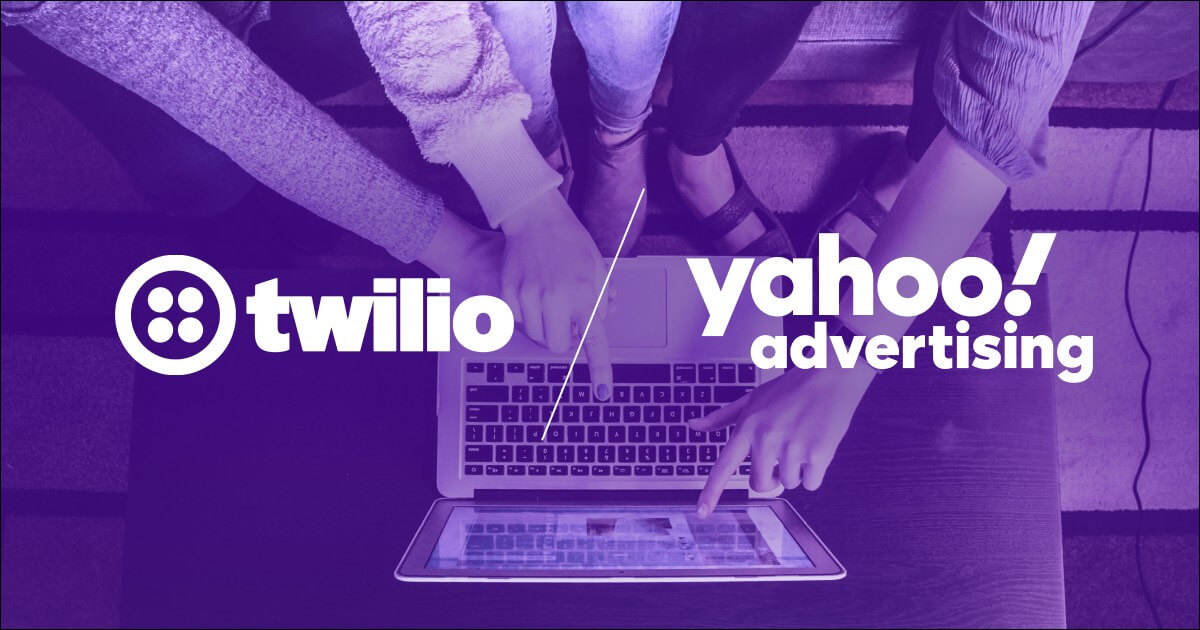
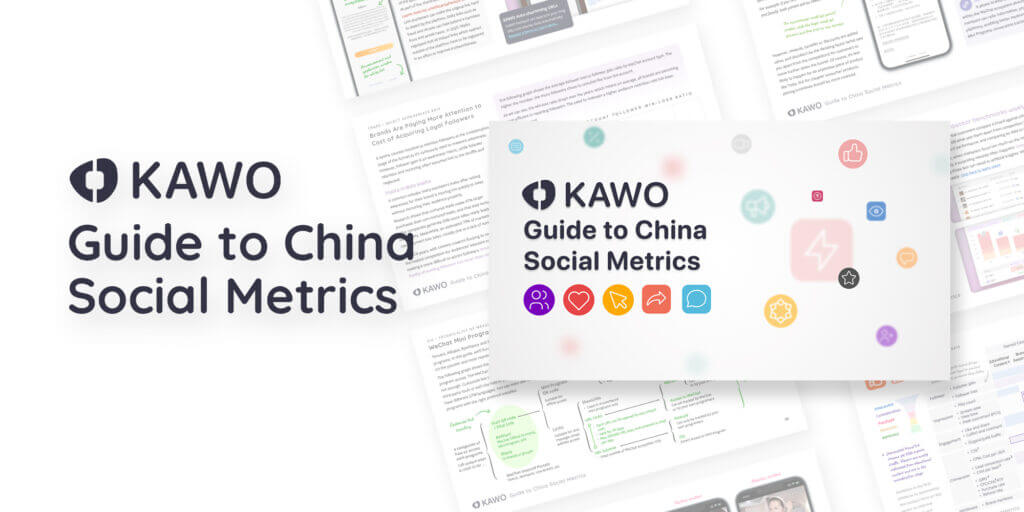



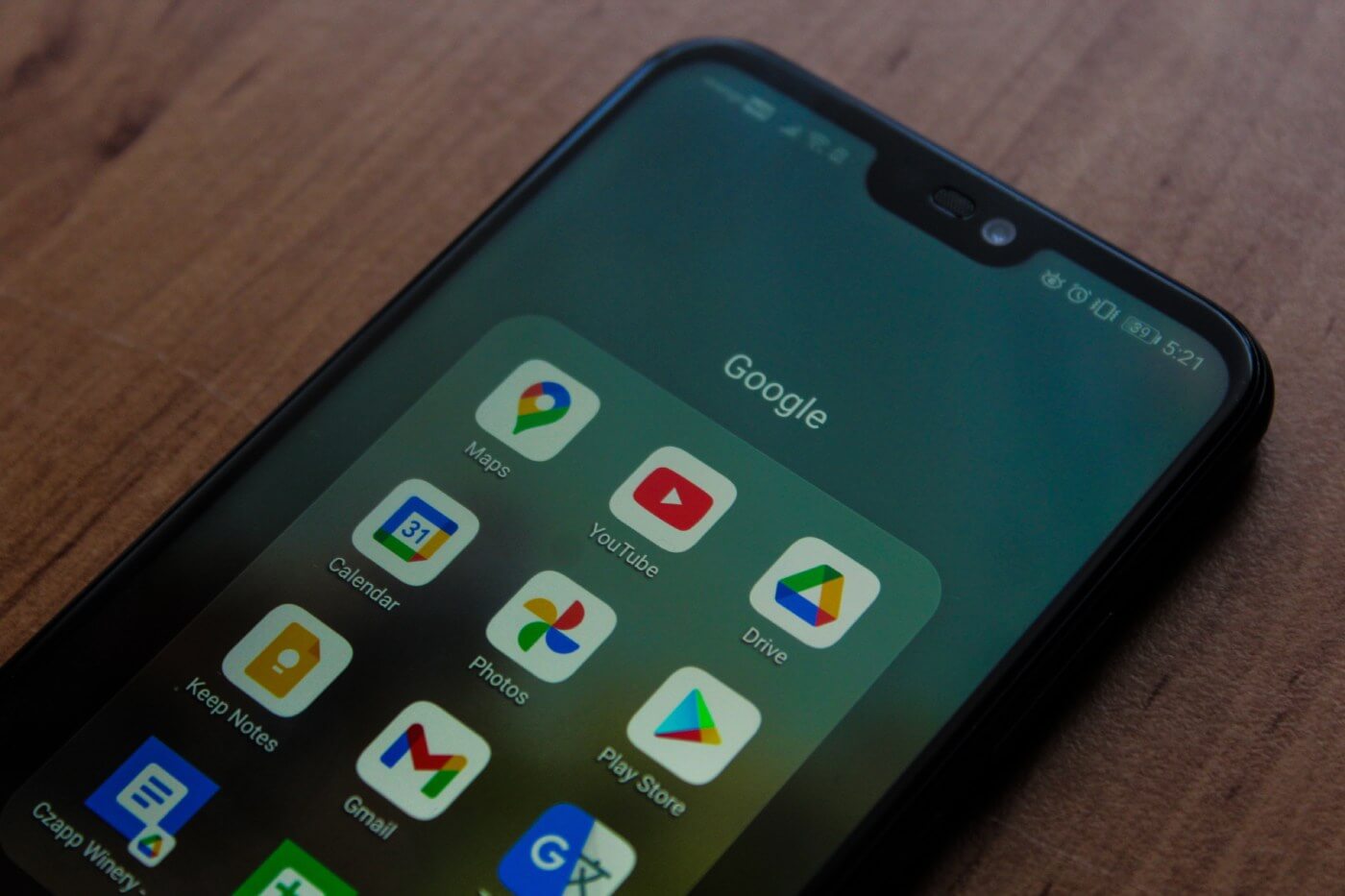






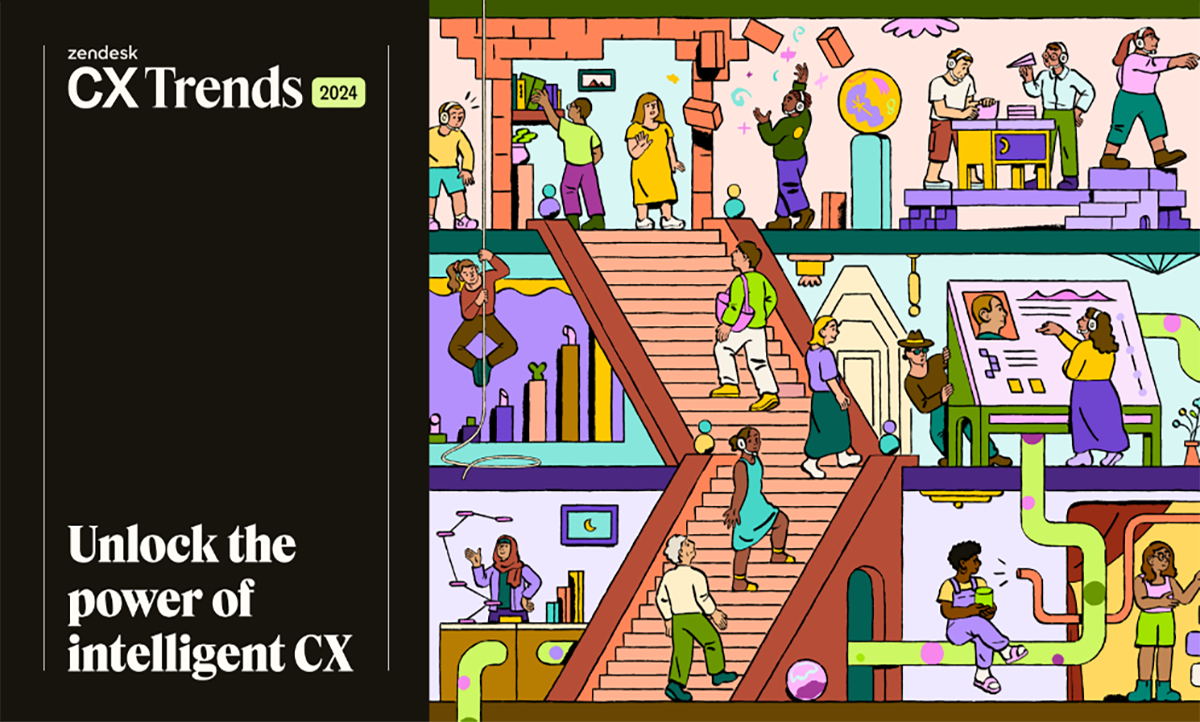

 There is no denying that social networking is on the rise. Social networking sites are basically online communities that allow people refers to the building of online communities based on common interests and activities. This structure includes having profiles, blog posts, widgets and usually something unique to that particular social networking site, such as the ability to ‘poke’ people on Facebook or high-five someone on Hi5.
There is no denying that social networking is on the rise. Social networking sites are basically online communities that allow people refers to the building of online communities based on common interests and activities. This structure includes having profiles, blog posts, widgets and usually something unique to that particular social networking site, such as the ability to ‘poke’ people on Facebook or high-five someone on Hi5.